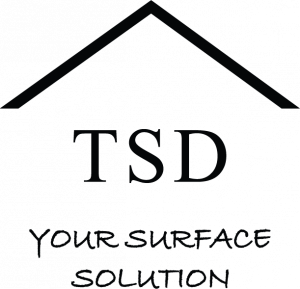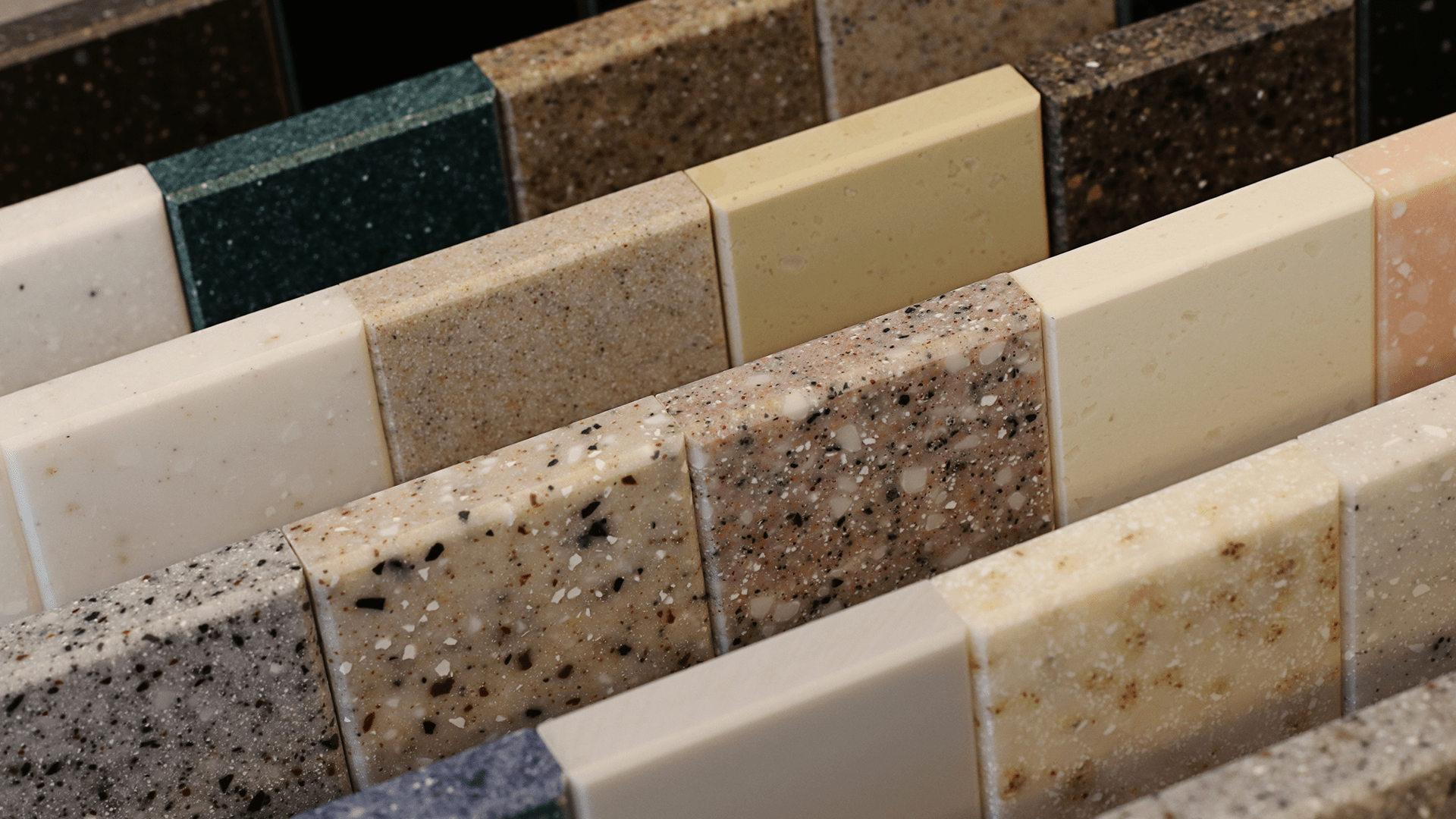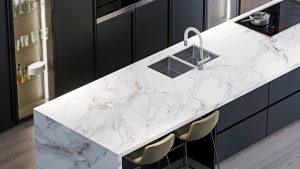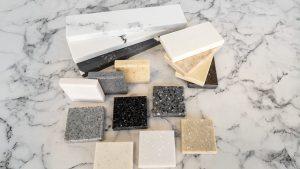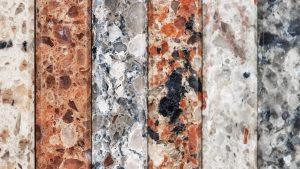In the ever-evolving world of interior design and architecture, staying ahead of trends means being aware of the materials reshaping modern living. In 2025, one surface material is making significant waves in both residential and commercial spaces — Sintered Stone. Touted as the next-generation alternative to traditional stone, quartz, and even natural marble, this engineered surface transforms how we think about design, durability, and style.
But what exactly is sintered stone, and why is it becoming the must-have surface material for this year? Let’s explore.
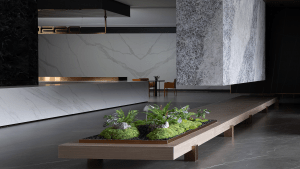
What Is Sintered Stone?
Sintered stone is an innovative material created by fusing natural minerals under high heat and pressure — a process known as “sintering.” Think of it as an artificial stone that mimics the natural formation of rock but speeds it up in a controlled, advanced manufacturing environment.
The result? A surface that is:
- Ultra-durable
- Resistant to scratches, heat, and stains
- Lightweight yet incredibly strong
- UV-resistant (perfect for both indoor and outdoor use)
It’s available in various colours, textures, and finishes — often mimicking the look of marble, granite, concrete, or wood with stunning realism.
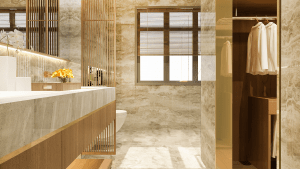
Why Sintered Stone Is So Popular in 2025
1. Performance Meets Aesthetics
Designers and homeowners are looking for surfaces that don’t just look good but perform well under pressure — literally. Sintered stone offers the elegance of high-end materials like marble or granite with the performance of modern engineered surfaces.
Its versatility makes it suitable for:
- Kitchen Countertops
- Bathroom Vanities
- Flooring and wall cladding
- Furniture and even facades
2. Sustainability Matters
With growing concern over environmental impact, sintered stone is an eco-friendly choice. Many sintered stone brands use recycled raw materials, and the production process is more sustainable than mining natural stone. Plus, its long lifespan reduces the need for replacement, which means less waste in the long run.
3. Low Maintenance Living
In 2025, busy lifestyles demand convenience. Sintered stone is non-porous and won’t absorb liquids or harbour bacteria. It’s easy to clean with water and mild detergent — no sealing or special care is required.
4. Outdoor and Indoor Applications
Unlike quartz or natural stone, sintered stone is UV-resistant, making it a top choice for outdoor kitchens, patios, and building exteriors. It doesn’t fade or warp under sunlight — a key feature for homes and commercial projects in tropical climates.
Is It Worth the Investment?
Absolutely. While sintered stone may come with a slightly higher price tag than bare surfaces, it offers unmatched durability and timeless design appeal. It’s a one-time investment that pays off in longevity, aesthetic value, and minimal maintenance.
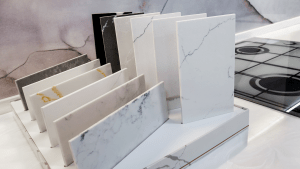
Choosing the Right Sintered Stone for Your Space
Whether you prefer a minimalist, industrial, or classic look, a sintered stone design exists. Popular brands like Dekton, Lapitec, and Neolith offer various patterns and finishes.
Here’s what to consider:
- Colour palette: Choose shades that complement your cabinetry, flooring, or furnishings.
- Texture: Matte, honed, or polished — each brings a different vibe.
- Thickness: Thinner slabs work for walls and furniture, while thicker ones are better for countertops.
Work with an experienced supplier or designer to help you match the material to your space needs.
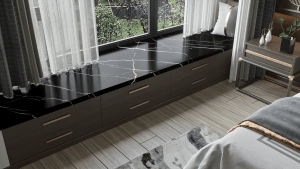
Final Thoughts
In 2025, Sintered Stone is more than just a design trend — it’s a game-changer in surface materials. Combining the best of nature and technology, it offers a compelling solution for anyone looking to invest in durability, style, and sustainability.
Whether renovating your home or working on a commercial project, sintered stone is the wise, stylish choice you’ll be glad you made.
